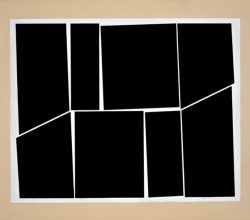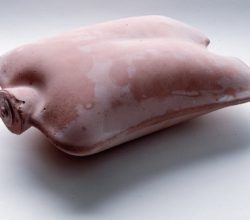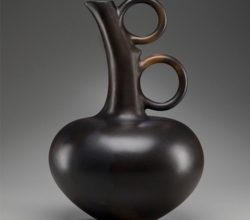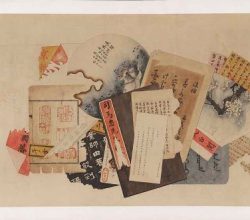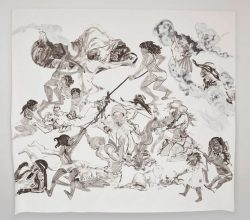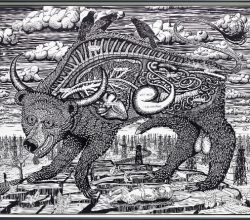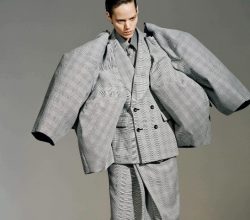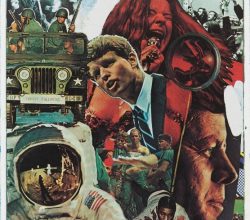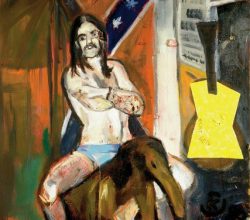
The Beauty of Ugly Painting
Charlie Fox | The New York Times | 4th September 2017
A paean for disruptive art. Dadaists attacked beauty as a “boring sort of perfection” and many famous names embraced this view. Does the art market prefers inoffensive art? Perhaps, but major institutions seem to be embracing the new and ugly. Hence, today’s ugly might just be tomorrow’s ‘wild and daring’. Or, as the writer notes: “to achieve harmony in bad taste is the height of elegance”.

